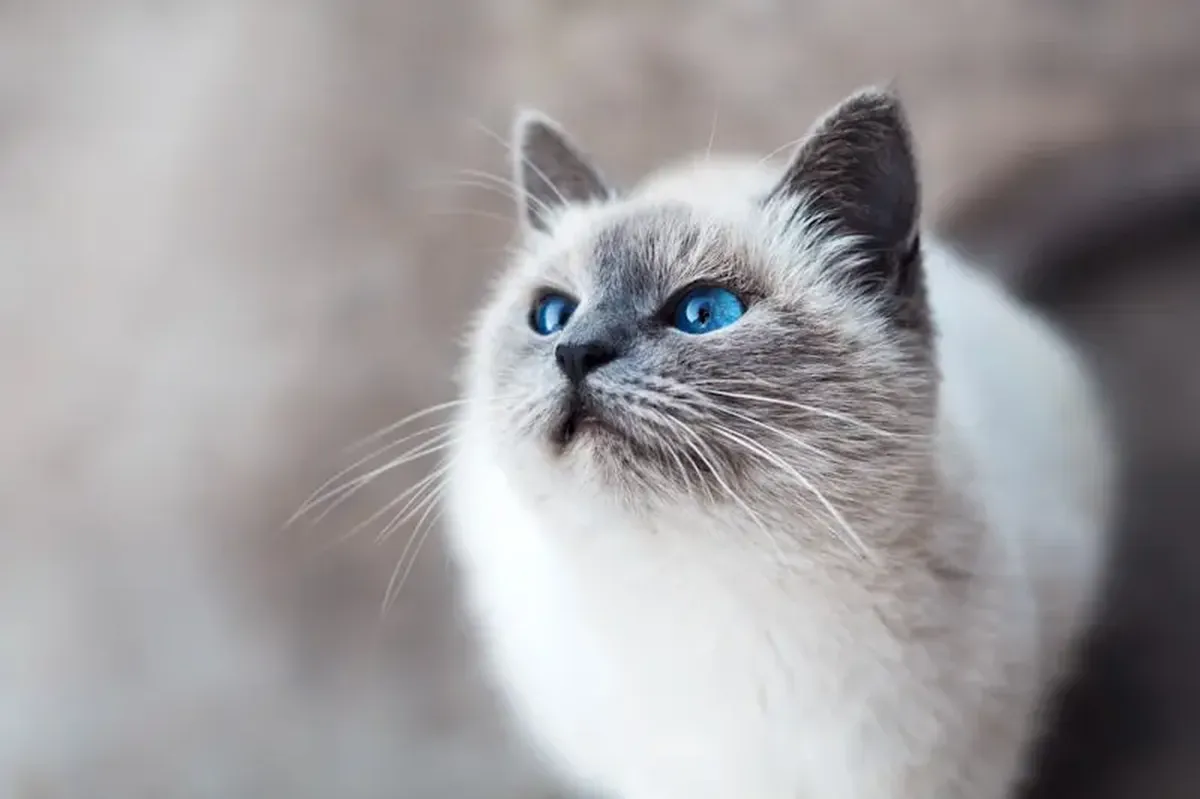Every cat owner has likely pondered what their beloved pet’s face is really expressing. Meanwhile, scientists have put the decoding of feline facial expressions on a scientific footing. In a study published in the journal Behavioral Processes, researchers identified 276 different expressions of cat “faces.” “Our research shows that cat communication is much more complex than previously thought,” noted Brittany Florkiewicz, an evolutionary psychologist at Lyon College in Arkansas, USA. According to her, observations of cats confirmed that domestication significantly influences the development of these animals’ facial signaling.
How the Study Was Conducted
At the center of Brittany Florkiewicz’s and lead author Lauren Scott’s research from the University of Kansas Medical Center were domestic cats. From August 2021 to June 2022, the researchers filmed the behavior of 53 cats in one of Los Angeles’s “cat cafes.” From 194 minutes of video footage, they extracted 186 interactions among the animals. It’s important to note that these were adult domestic short-haired cats of both sexes, all neutered or spayed. The researchers assessed differences in feline “face” expressions using a specially developed coding system (Cat Facial Action Coding System), as reported by CNN. They also evaluated the number and types of movements of facial muscles. Movements related to biological processes such as breathing and yawning were not included in their analysis.
While the team couldn’t interpret all the recorded expressions, they found that 45.7 percent of them were friendly, while 37 percent were aggressive. The remaining expressions, according to the scientists, either fell into both categories or were completely ambiguous.
In their report on the study, Florkiewicz and Scott detailed how a friendly facial expression manifests in cats: the ears and whiskers move forward, and the eyes squint. In contrast, an aggressive cat has narrowed pupils and ears pinned back against its head. In their future research, the team hopes to expand their sample to include cats living not only in human homes but also in shelters or wild conditions. Another goal for the future is to decode as many feline facial expressions as possible.

